6 Kutch embroideries which are ruling the west
TOI Lifestyle Desk | etimes.in | Last updated on - Jun 24, 2024, 06:00 ISTShare fbsharetwsharepinshareComments (0)
01/7The crafts of Kutch

The region of Kutch has been home to nomadic communities whose traditional work revolved around crafting and animal husbandry. The forms of craft have now formed a rich economic and cultural recognition with their art and crafts taking a national reign. The art of Kutch is known for its colourful silken threads worn by the woman and has more than 40 styles of embroidered depending on the region, representing the diversity. Let’s pick some of the most popular Kutch embroideries that are currently ruling the market.
02/7Pakko

Practised by the Jadeja and Sodha communities, Pakko means solid and strong which is seen in the craft and design pattern of this style. The tight and firm compactness is achieved mainly through an elongated chain stitch which is known as cheerilee sankdi to create animals, birds, and other floral motifs with the usage of mirror art as well, blended with a beautiful combination of bright colours.
(Image Credits: Pinterest)
03/7Neeran

Again practised by the Jadeja and Sodha communities, ‘Neran’ means ‘Eye.’ When you look at the design you will notice a tiny, eye-shaped unit serving as the building block, with each unit outlined in a dark colour, which is filled with a bright colour paired with the shade of white. Small-sized mirrors are thus used to create the design, mainly to improve the appeal of the embroidery and to look stunning on traditional clutches or side bags.
(Image Credits: Pinterest)
04/7Node

Created by the Raau Node community, it is practised in six different styles. Just a handful of villagers around the remote areas of Banni and Pachcham create this unique handcrafted pattern with big and bold colourful designs, including floral-inspired patterns and large mirrors primarily. All the elements used are densely embroidered and create an embossed effect which makes it easy to identify this style.
(Image Credits: Pinterest)
05/7Rabari

Created by the Rabari community, they have their subgroups which create their style of embroidery. This embroidery style is bold and vigorous, with large-style birds and animals in motion which look beautiful revolving around the rendition of peacock feathers, scorpions, elephants, and camels. They too use mirrors but with different shapes and sizes which makes them unique.
(Image Credits: Pinterest)
06/7Soof

Using only a single stitch, complicated geometric designs are made in soof embroidery which makes it unique and beautiful. It is one of the most challenging styles to render using circular mirrors adding to yet another dimension of complexity. The embroidery is used on the reverse side of the fabric, thus when turned over, the front displays embroidery that is very fine and at times is mistaken to be machine work.
(Image Credits: Pinterest)
07/7Aari

Crafted by the Mochi community, it is known for its subtle but painting-like effect on cloth which dates back to Mughal times and beyond. Male artisans were specifically commissioned by royalty to create this embroidery for them. This form continued to be popular during the British Raj, and took the interest of European elites, as they took the place of patrons in the maharaja's palace.
(Image Credits: Pinterest)


















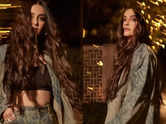

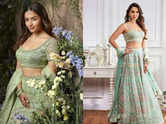

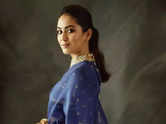
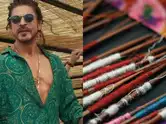
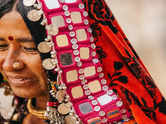

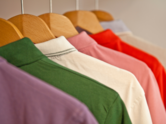
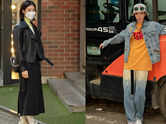
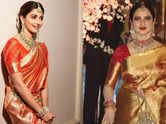
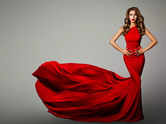
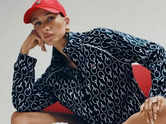

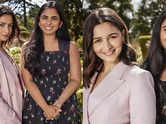
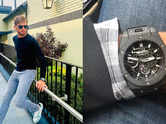

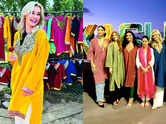

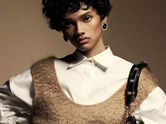
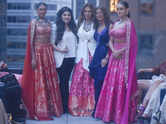


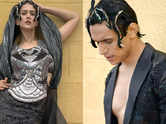
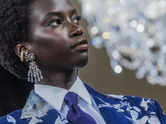
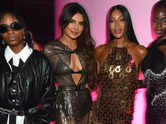

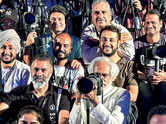
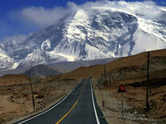
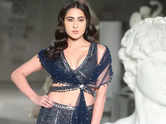
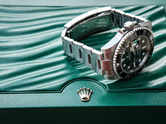
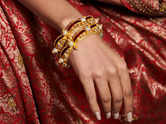
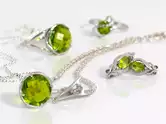
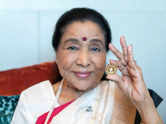
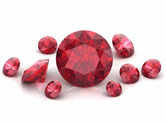
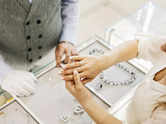
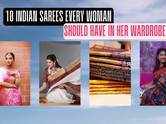
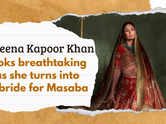
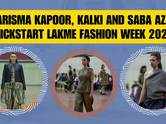

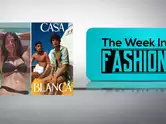

closecomments
SIGN IN WITH
GoogleEmail